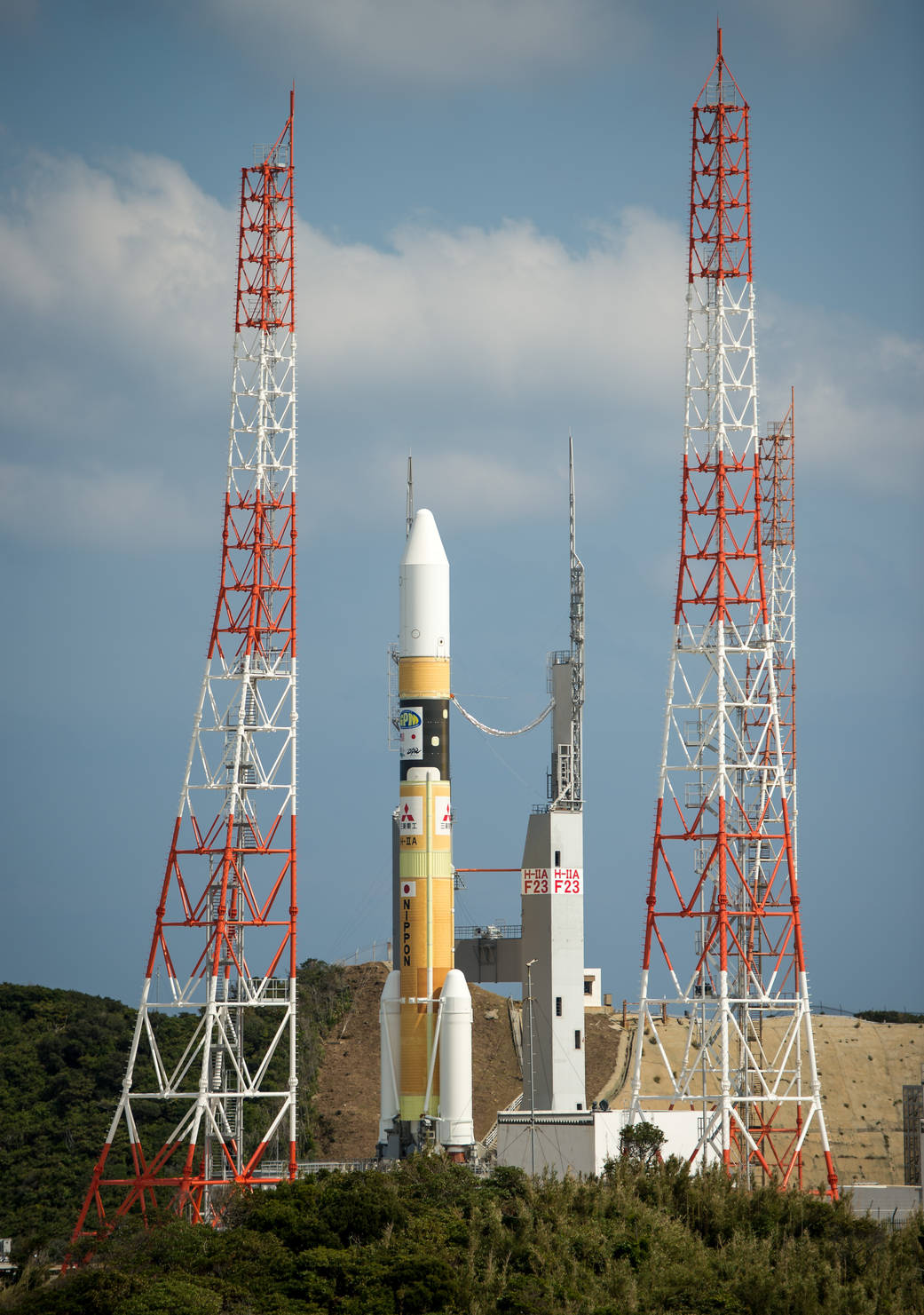A Japanese H-IIA rocket carrying the NASA-Japan Aerospace Exploration Agency (JAXA) Global Precipitation Measurement (GPM) Core Observatory rolls out to launch pad 1 at the Tanegashima Space Center, Thursday, Feb. 27, 2014, Tanegashima, Japan. Once launched, the GPM spacecraft will collect information that unifies data from an international network of existing and future satellites to map global rainfall and snowfall every three hours.
The rocket is scheduled to lift off during a launch window that opens at 1:37 p.m. EST on Thursday, Feb. 27 (3:37 a.m., Friday, Feb. 28 Japan time).
GPM is an international satellite mission to provide next-generation observations of rain and snow worldwide every three hours. The GPM Core Observatory satellite carries advanced instruments that will set a new standard for precipitation measurements from space. The data they provide will be used to unify precipitation measurements made by an international network of partner satellites to quantify when, where, and how much it rains or snows around the world.
The GPM mission will help advance our understanding of Earth’s water and energy cycles, improve the forecasting of extreme events that cause natural disasters, and extend current capabilities of using satellite precipitation information to directly benefit society.
Image Credit: NASA/Bill Ingalls



























